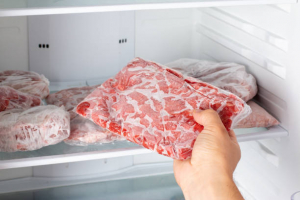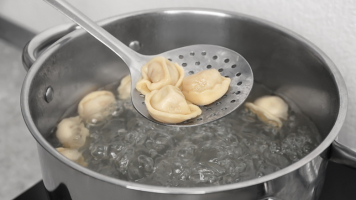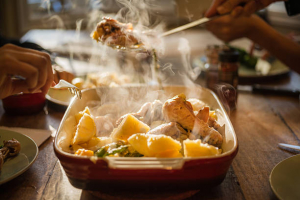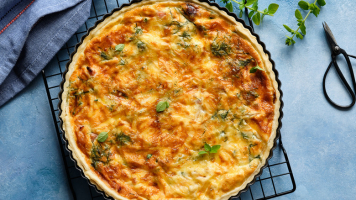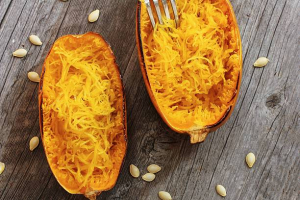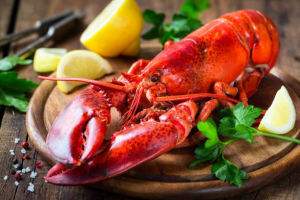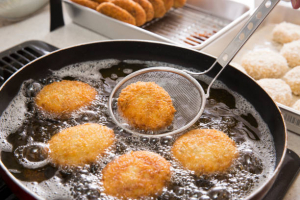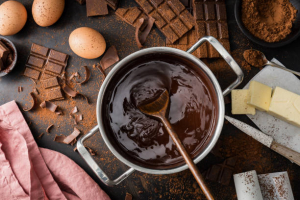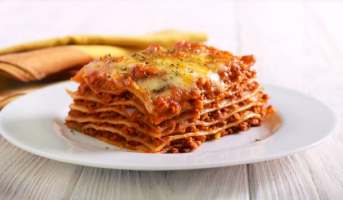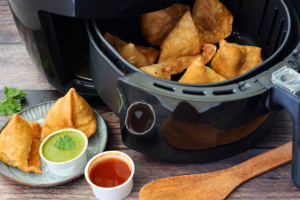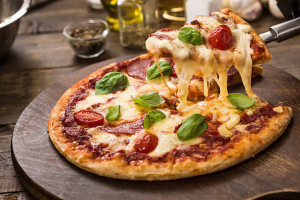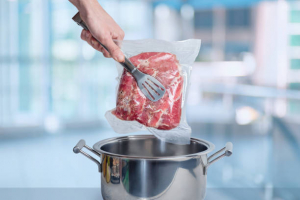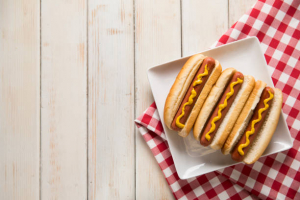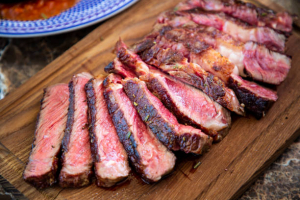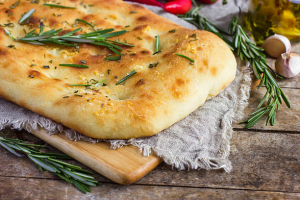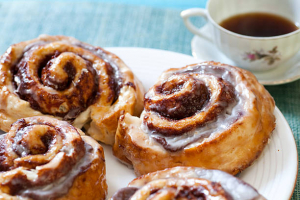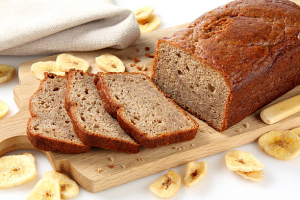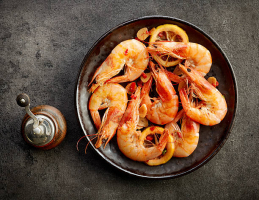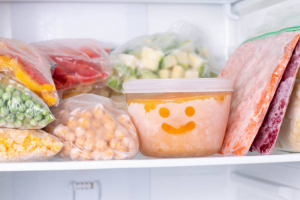Top 14 Biggest Mistakes Everyone Makes When Making Cupcakes
What could be undesirable about a cupcake? They make the ideal single-serving cakes and are simple to create, entertaining to decorate, and gorgeous to look ... read more...at. People sometimes believe that cupcakes are easier to make and less likely to go wrong since they are simply adorable, bite-sized copies of actual cakes. Unfortunately, there is a lot of space for mistakes when baking, even when using a boxed mix with only three ingredients. Even the tiniest baking blunders can significantly affect the outcome, even if using the incorrect type of butter doesn't pose a chemical risk. Here are the most common mistakes everyone makes when making cupcakes.
-
You could occasionally overlook preheating the oven. You can be so preoccupied with measuring and combining the ingredients that you forget to turn on the oven until the batter is in the pans. You shouldn't just put the pan into a cold oven, even if your batter is ready to go, and you should never do this in front of a baker. A critical step in baking is setting the oven to the proper temperature, and skipping this step can have a significant impact on the outcome.
You risk having raw batter on your hands if you forget to pre-heat your oven or don't let it heat up all the way. This can result in your cupcakes taking longer to bake or turning out underdone. Similar to how baking at the incorrect temperature - either too hot or too cool - can result in cupcakes that are sunken in the middle, have a dry or grainy texture, are dense, or are burnt - Livestrong makes this point. The final word? Preheating your oven should be the very first thing you do after carefully reading your recipe.
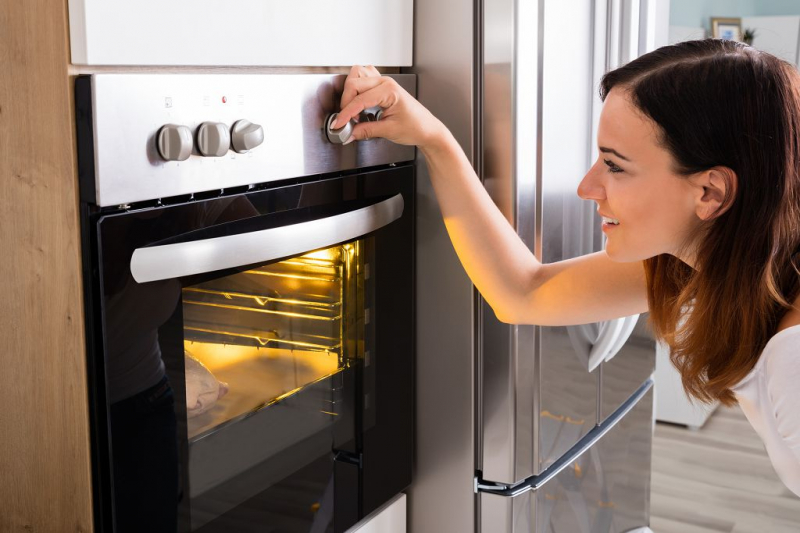
Not letting the oven preheat 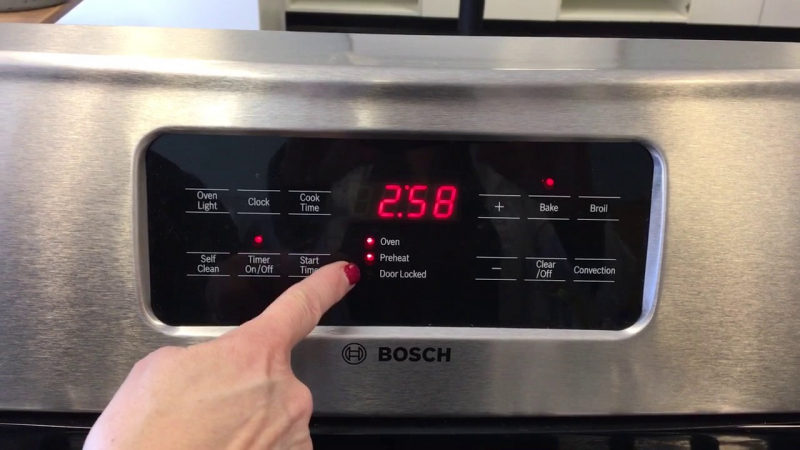
Not letting the oven preheat -
Temperature is an important component in a delicate balance of baking processes that must not be disturbed. The cupcakes may bake at a uniform, constant temperature thanks to the preheating of the oven. Opening the oven door while your cupcakes are baking is a mistake you'll want to avoid making since consistency in temperature has a big impact on how they come out.
This prohibits peeping! Since you put so much effort into making your cupcake designs, it is natural to be tempted to open the oven door a tiny bit to check on them. However, even a slight crack in the oven door allows a flood of hot air to rush out, significantly lowering the temperature within. If you do this, you can end up with cupcakes that are depressed and haven't properly risen. Try to wait at least 15 minutes if you must peek, giving your cupcakes plenty of time to rise. In order to account for the heat loss when you open the oven to put the cupcakes in, you might even want to preheat your oven a few degrees higher than the temperature specified in the recipe. Just remember to set the temperature correctly as soon as the cupcakes are placed in.
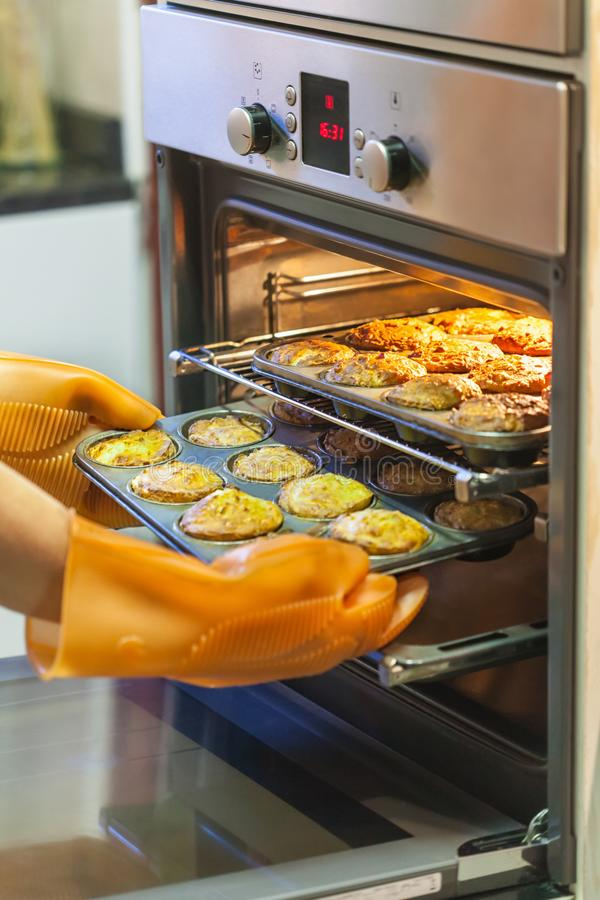
Opening the oven during baking 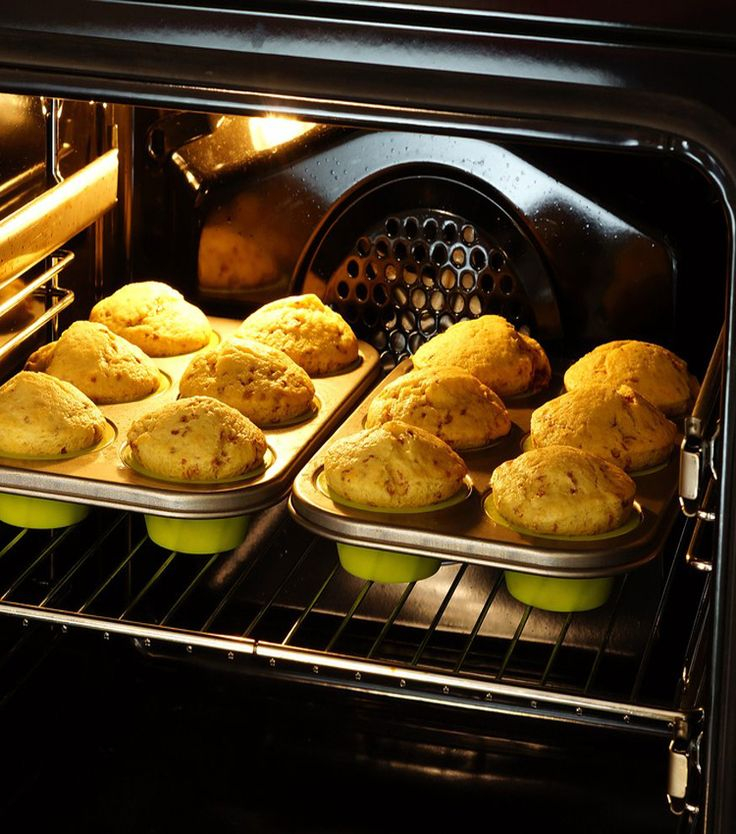
Opening the oven during baking -
Recall that baking involves science. While you make the batter for the cupcakes, picture yourself in chemistry class. You undoubtedly recall how insistent your teacher was on exact measurements, forcing you to stoop to measure liquids at eye level and using scales to measure dry components precisely. A small measurement error like that might alter the flavor of your cupcakes, even though adding an extra sprinkle of salt to the batter won't likely have the same explosive consequences as it would in a chemical solution.
Sally's Baking Recipes, a baking site, offers advice on how to measure the ingredients for cupcakes. She suggests that flour be scooped out of the bag with a spoon into the measuring cup, leveled out evenly over the top, and never packed down. They also recommend exact amounts for granulated sugar, confectioners' sugar, baking soda, and cocoa powder. Brown sugar, in contrast to granulated sugar, needs to be firmly packed into the measuring cup. When measuring liquids, you should bend down to measure at eye level. When measuring butter for a recipe that calls for melted butter, you should do so while the butter is still solid.
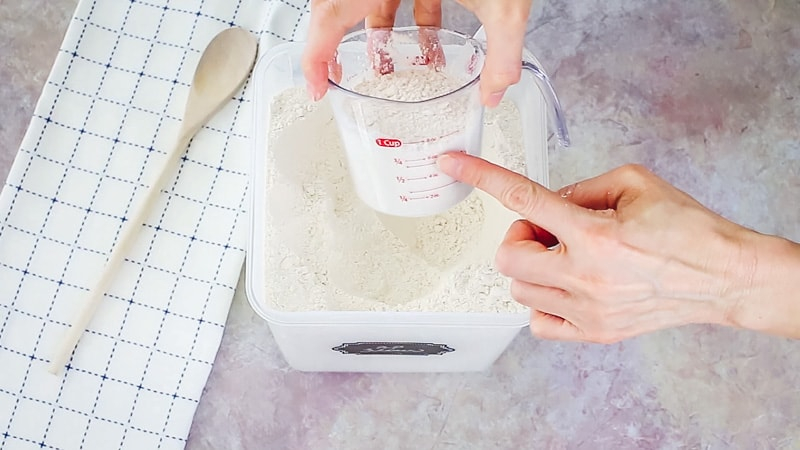
Not properly measuring ingredients 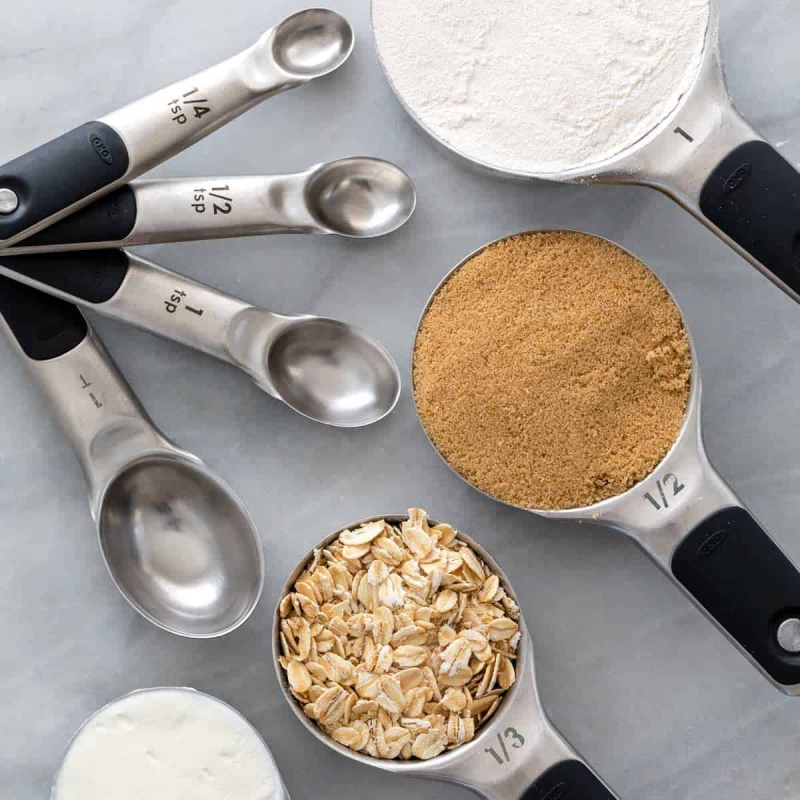
Not properly measuring ingredients -
Making cupcakes is occasionally an impulsive choice. Even if you're just making cupcakes for yourself out of boredom, try to use high-quality ingredients rather than ones that are outdated or inexpensive. You may be in this situation: you're reading a recipe that calls for some fancy-sounding flour, but you already have all-purpose flour in your cupboard, so you assume you're good to go.
However, utilizing better-quality ingredients does improve the flavor of your cupcakes if you have the resources to do so, particularly when it comes to things like vanilla, butter, chocolate, and flour. Since lower-quality ingredients have a tendency to lose flavor over time, using these can give cupcakes a more robust (and superior) flavor. Flour that has recently expired or is older can lose some of its baking effectiveness, changing the texture of your finished product. However, you should throw away any expired flour, eggs, milk, or other ingredients and go shopping instead.
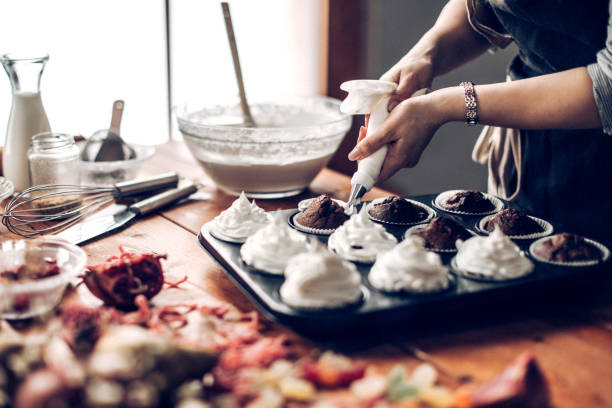
Using low quality or expired ingredients 
Using low quality or expired ingredients -
It takes science to bake. That implies if you want to eat a filling snack, your cupcake batter combination must be prepared exactly as directed. As a result, before you begin baking, carefully study the recipe. If you read the recipe as you go, you run the risk of making several baking errors. The first thing you should do after carefully reading a cupcake recipe is to make sure you have all of the ingredients specified, exactly as they are stated. The results will undoubtedly alter if you use a different kind of sugar, flour, oil, or butter than what the recipe asks for. For instance, various varieties of flour (such as cake flour, self-rising flour, and all-purpose flour) have various levels of macronutrients and unique qualities that might influence how your cupcakes rise and their general texture.
The same goes for recipes that specify unsalted butter—they do so for a reason! Salted and unsalted butter should not be used interchangeably since your cupcakes will taste and feel differently as a result. The same is true of baking powder and baking soda, which are frequently confused but should not be used indiscriminately unless you want flat, metallic-tasting cupcakes.
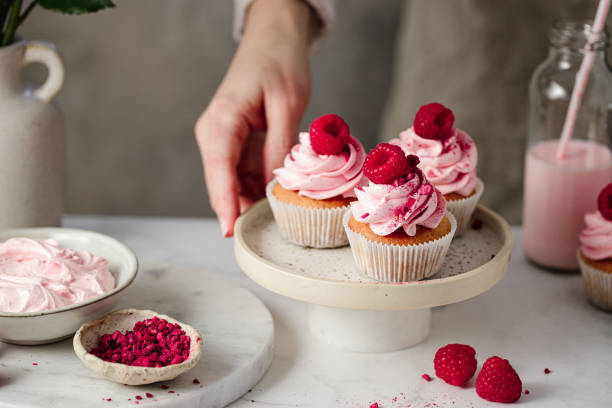
Using the wrong ingredients 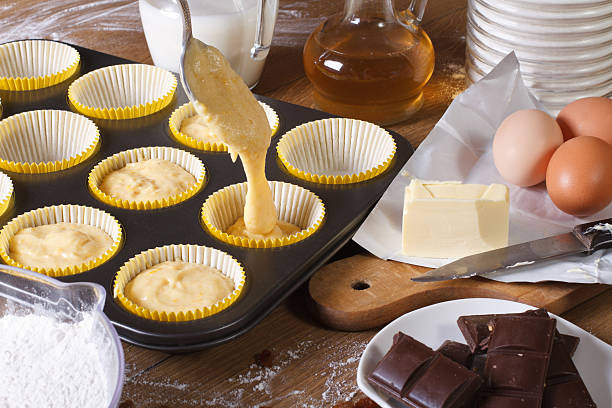
Using the wrong ingredients -
Making cupcakes takes a lot of time! You may occasionally overlook how many steps it takes to make them healthy since they are so delicate and cute. Even though creating cupcakes isn't always a tedious procedure, patience is a must. By the time, impatient kids demanding your sweets after meticulously reading the instructions, perfectly measuring, and combining your premium ingredients.
Keep your patience, please. Your cupcakes will look and smell fantastic when you eventually take them out of the oven, and you'll want to frost them and start eating right away. If you frost cupcakes while they're still too hot, they can crumble because the frosting will melt. You ought to wait at least 40 minutes, but an hour is preferable, for the cupcakes to totally cool. Baking Nook adds that if you must, you may put your cupcakes in the fridge for a maximum of 15 minutes to speed up cooling, but don't anticipate the same level of flavor as if you had allowed them cool naturally.
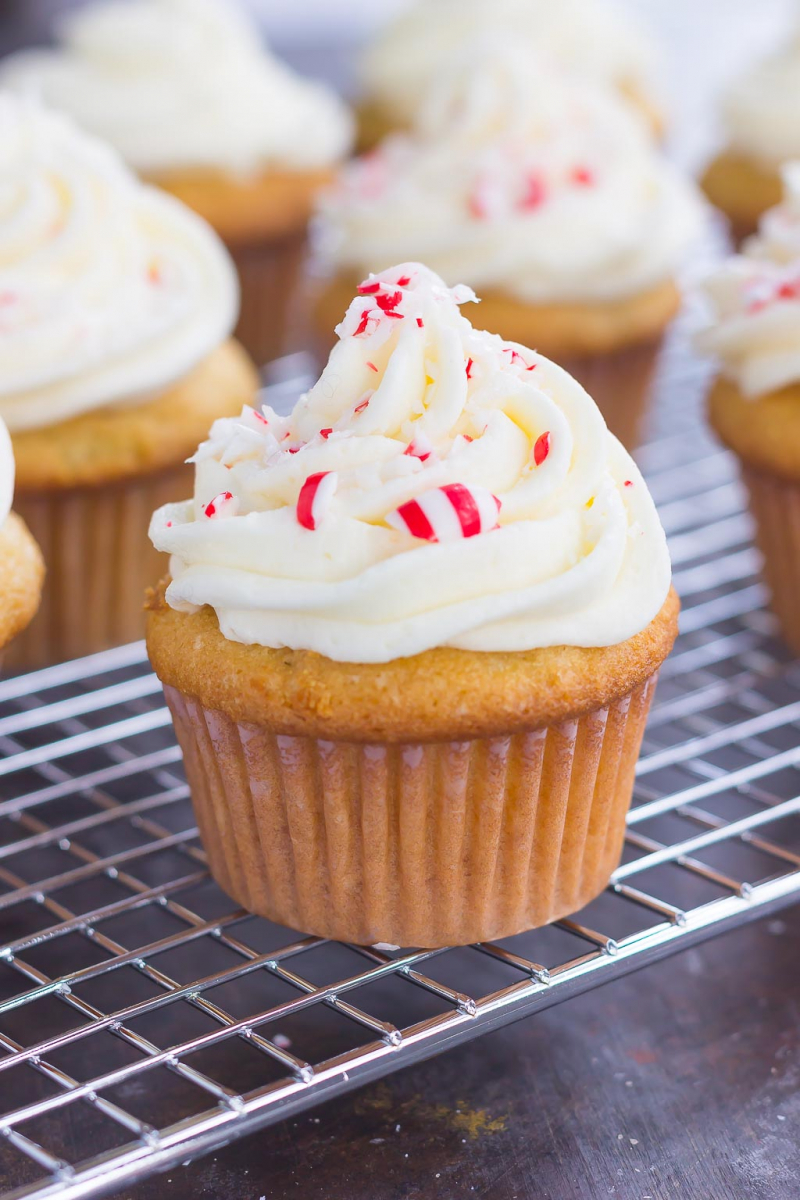
Frosting too soon 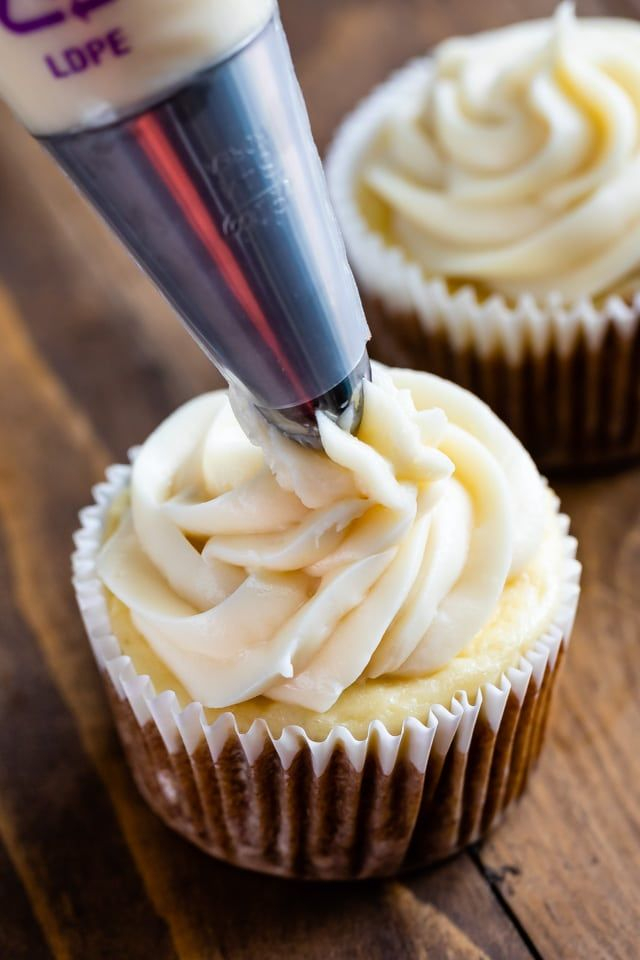
Frosting too soon -
You may eat the cupcakes whatever you want since they are yours. However, you shouldn't start icing without a strategy if you're creating cupcakes to wow a crowd or are determined to uphold your culinary integrity. Let's first think about this: Is icing required? Technically, it's up to you, even if some people contend that a cupcake without icing is only a muffin.
If you decide to frost your cupcakes, be careful not to use too much or too little icing so that each bite has a pleasing amount of cake and frosting rather than a mouthful of frosting. For every 12 cupcakes you prepare, RecipeTips estimates that you'll need around one cup of frosting, or one to two teaspoons per cupcake. Although the amount of moisture in your cupcakes mostly relies on the ingredients you used and how you baked them, some bakers advise using icing as a seal to hold in moisture and prevent your cupcakes from being overly dry. To that end, make an effort to frost your cupcakes sufficiently and uniformly.
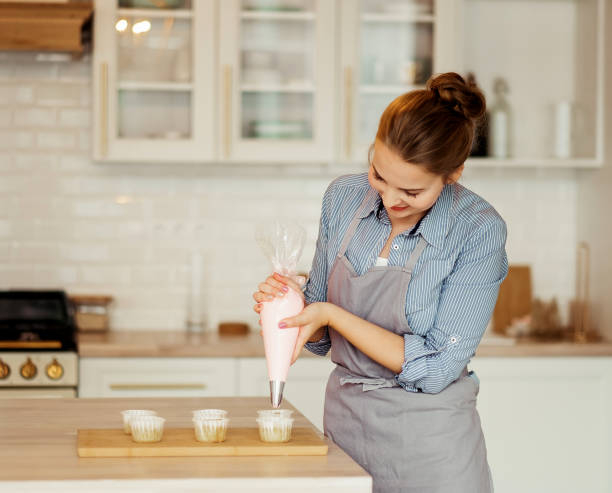
Frosting too much or too little 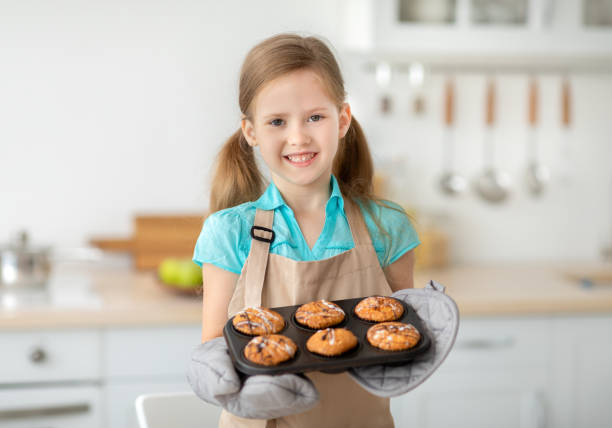
Frosting too much or too little -
Cupcake baking demands a great deal of care and accuracy. You might be disappointed to learn that you shouldn't just get ingredients out of the refrigerator and start baking if you suddenly decided to create cupcakes. It's crucial that the eggs and butter you use while making cupcakes are not straight from the refrigerator.
The batter won't combine correctly with cold butter and eggs. In fact, adding cold eggs to your batter might result in an inconsistent temperature throughout the mixture, which is not good for baking. When creating cupcake batter, this holds true for almost every component, thus when combining, all ingredients should be around the same temperature. Butter softens and is simpler to combine when it is at room temperature. Eggs that are at room temperature will also mix into the batter more thoroughly and smoothly. Run the eggs under warm water for up to five minutes to ensure they are not cold, and leave the butter out for about 45 minutes to come to room temperature.
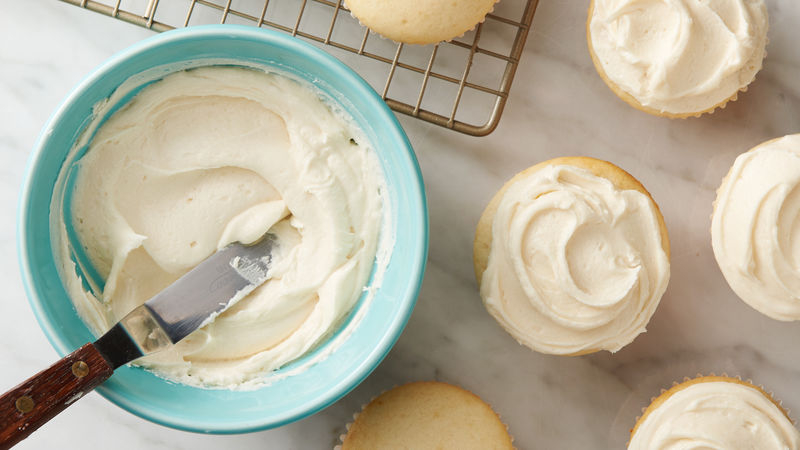
Using ingredients that are too cold 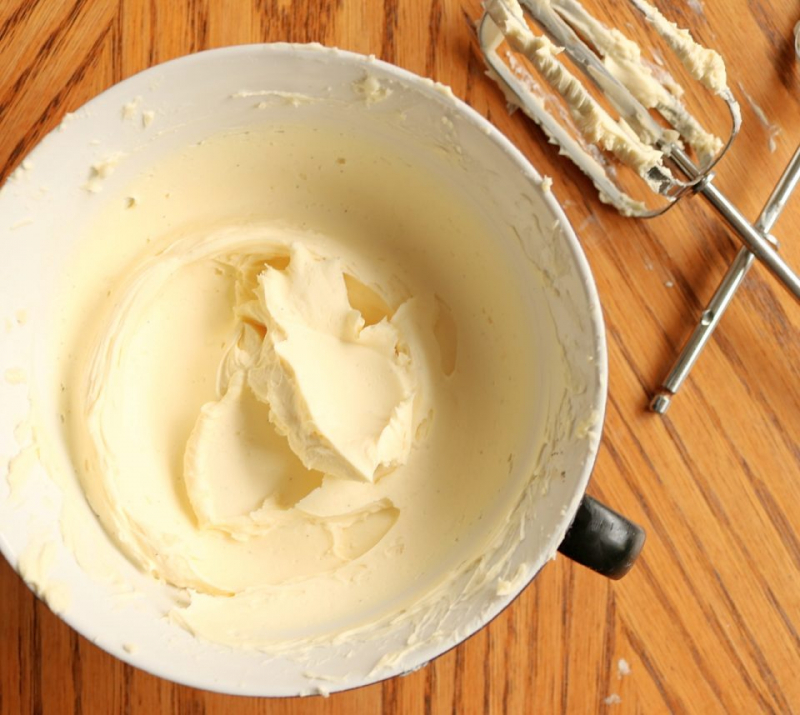
Using ingredients that are too cold -
You're making cupcakes incorrectly if you only use one bowl. When baking cupcakes from scratch, you should always use a hand mixer to combine the (room temperature) butter and sugar in a different bowl. The sugar is incorporated into the batter equally and contributes to fluffier cupcakes.
Your dry ingredients should be whipped together in a different bowl. Before adding the other liquid ingredients, properly incorporate each egg after you've creamed the butter and sugar. After that, combine your wet and dry components by folding them together. It's important to gently fold these ingredients together to maintain the batter's (and the cupcakes') fluffy texture. The delicate, airy texture you desire can be ruined by overmixing your batter. As a result, fold your wet and dry ingredients together until they are barely combined.
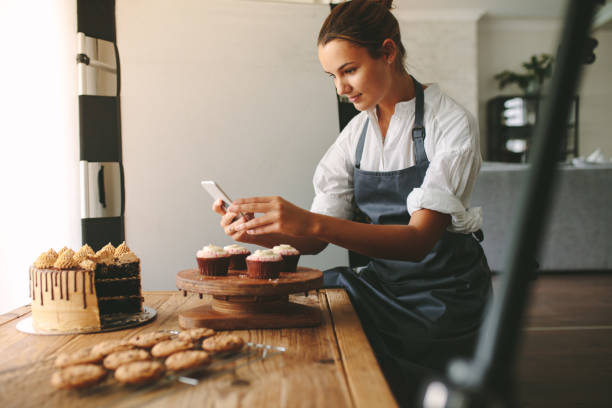
Overmixing or incorrectly mixing batter 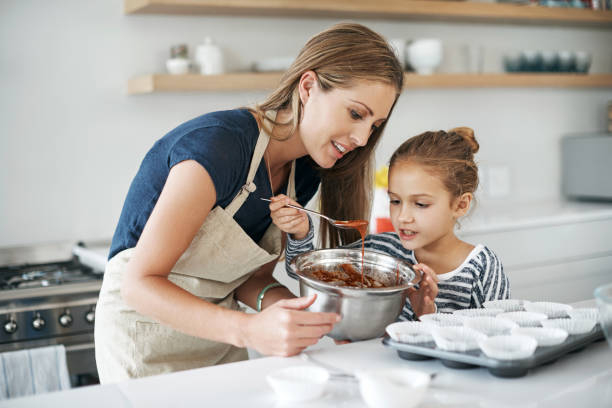
Overmixing or incorrectly mixing batter -
The topic of cupcake liners is quite contentious. Are they necessary or not? Cupcake liners help cupcakes maintain their form and moisture for a longer period of time. When eating cupcakes, they also assist in maintaining cleanliness. While both of these statements are accurate, if you just ran out of liners, try not to become upset. If you follow only one important guideline, cupcakes will turn out just fine if you pour the batter directly into the pan.
Using cooking spray is considerably more significant than whether or not you choose to use cupcake liners. There is a possibility that your cupcakes will stick to the paper even if you use liners. Cooking spray should be liberally applied to the pan or the cupcake liners before you scoop the batter into the pan. If you don't have cooking spray, you may coat the molds with a brush soaked in melted butter. You should place a baking pan with water inside on the bottom level of your oven to add moisture to the environment while the cupcakes bake and help prevent them from sticking.
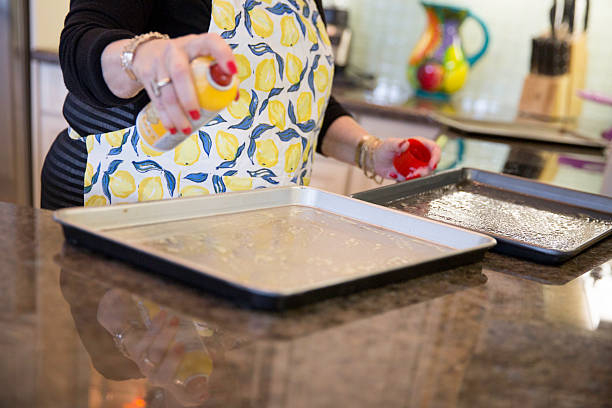
Not spraying the pan or using liners 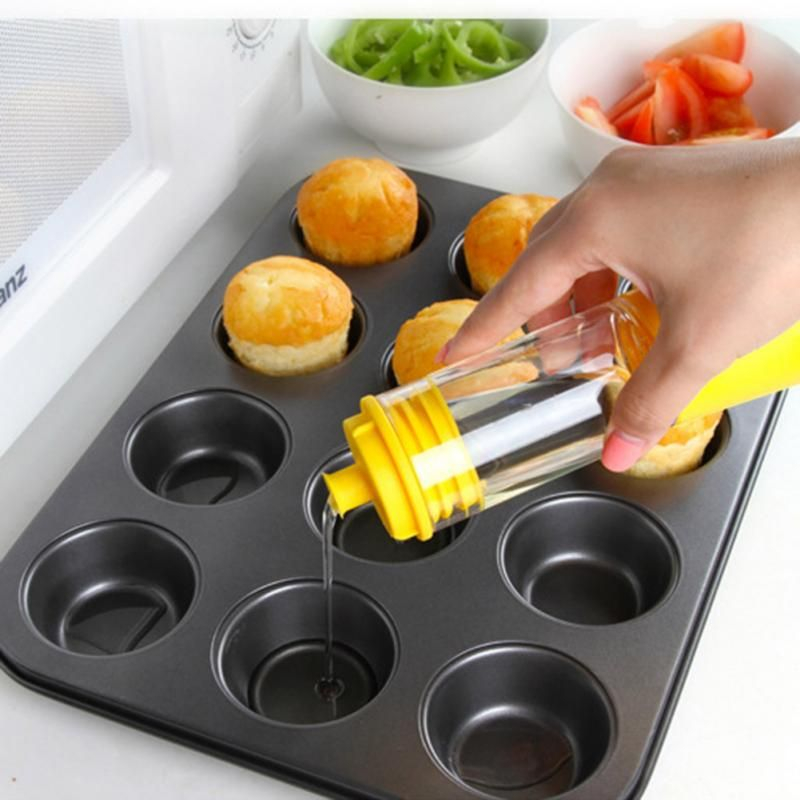
Not spraying the pan or using liners -
While the mixture is finished and prepared for baking, individuals frequently commit one of the most common blunders when making cupcakes. It's crucial to carefully distribute the right quantity of batter into each cupcake shape, whether you're using cupcake liners or a buttered pan. If you overfill the cupcake liners, you risk having a lot of undercooked, irregularly shaped cupcakes. Additionally, if you don't fill the cupcake liners equally, some of them may burn while leaving others with raw centers.
First, never wing it while taking measurements. Have you ever used your pan to pour cupcake batter directly from the bowl? You've all done it at some time, so there's no need to feel guilty about it. The problem is that if you fill the cupcake molds completely, they will overflow when they bake and expand. Using an ice cream scooper and leveling each scoop with a rubber spatula before adding it to the pan until the liners are about two-thirds full is the best method to guarantee that each cupcake shape is filled equally.
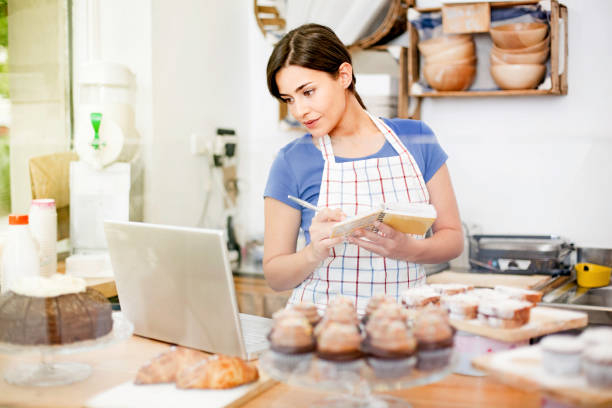
Overfilling cupcake liners 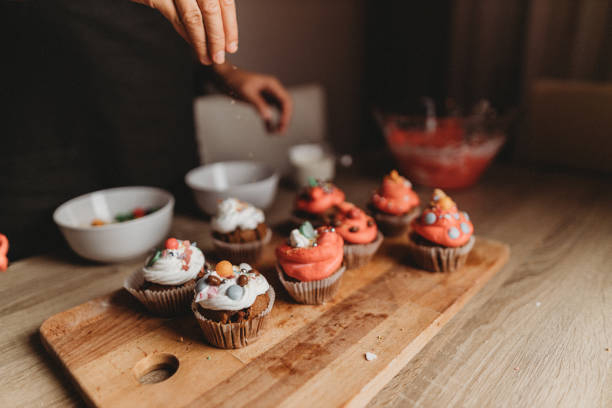
Overfilling cupcake liners -
Although making cupcakes successfully doesn't need a lot of skill or finesse, it does demand patience. The best and most persevering bakers are aware that baking doesn't stop when the cupcakes are taken out of the oven. You can pass the time by cleaning your tools or making homemade frosting since you'll need to wait a good amount of time for them to cool before they frost.
However, if you wait too long to remove your cupcakes from the baking pan, you risk destroying the delicacies you worked so hard to make. Overcooking and drying snackable sweets can result from keeping cupcakes in a hot pan for too long. Whether you use cupcake liners or not, Toplist advises removing the cupcakes from the pan as soon as they are done baking and moving them to a wire rack to cool completely before frosting.
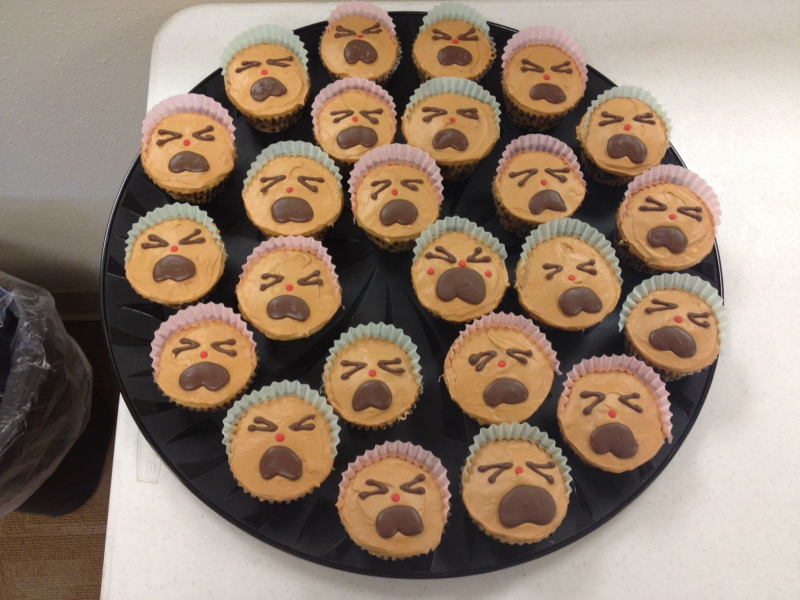
Leaving the cupcakes in the pan too long 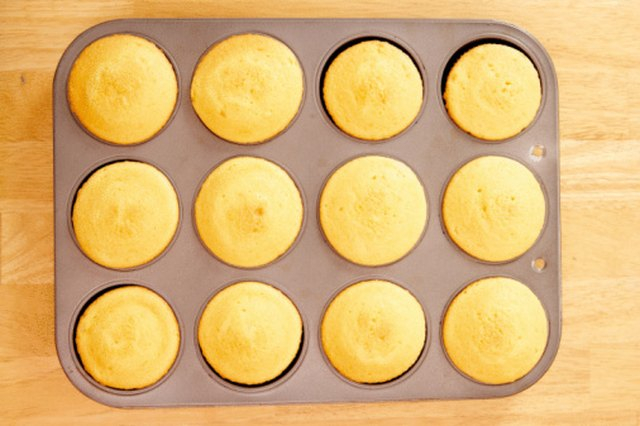
Leaving the cupcakes in the pan too long -
The average cupcake recipe makes around 12 cupcakes, so you won't likely be able to consume them all at once. To prevent soggy, dried-out, or rotting bits, keep them correctly if you want to be able to eat them again. To keep your cupcakes fresh while storing them, place them in an airtight container or wrap them in plastic. However, before they are wrapped, cupcakes must totally cool. If they're too hot, moisture may accumulate within the container or plastic wrap, which might lead to mold growth or soggy cupcakes.
Leftover cupcakes should be kept in an airtight container to help avoid the formation of mold or other dangerous microorganisms. Cupcake leftovers are best kept covered and at room temperature. However, you should keep your cupcakes in the refrigerator if the icing is made with cream cheese or whipped cream (though the refrigerator could dry them out after a while). It is best to wrap totally cooled cupcakes in plastic before frosting them if you are baking cupcakes in advance for a particular event. While cupcakes kept in the freezer can survive up to six months, they can be securely stored in this manner for around two days.
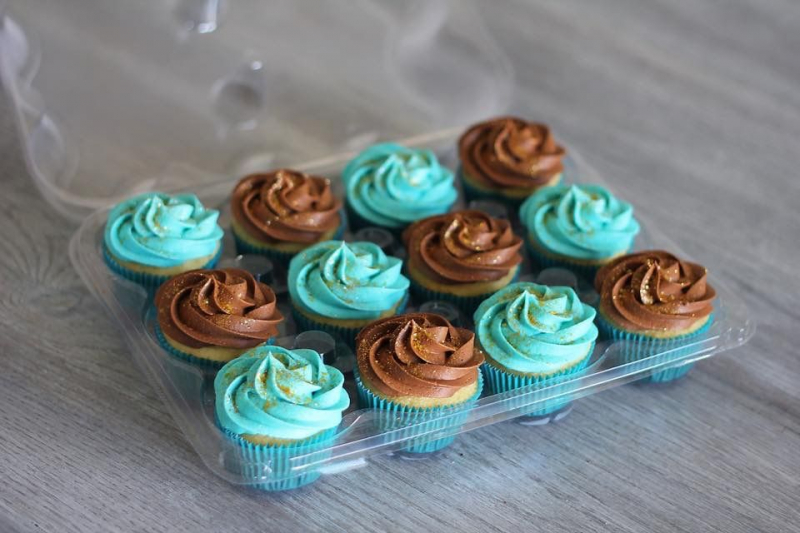
Storing cupcakes incorrectly 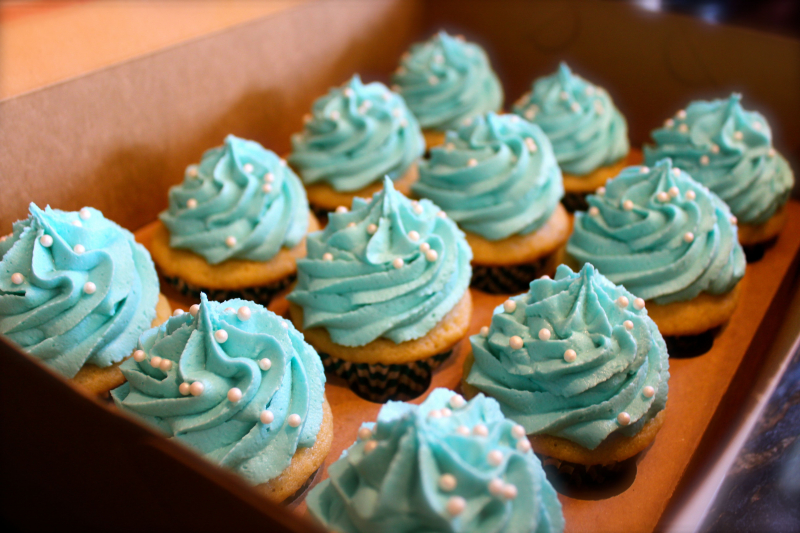
Storing cupcakes incorrectly -
Even if it's been said that baking is a science, you may still employ your imagination! You have lots of options to avoid preparing dull, tasteless treats as there are dozens of entertaining cupcake recipes available with just a short online search. There are amazing baking techniques to make pre-packaged desserts taste like a pastry chef's masterpiece, even if you're limited to using a boxed cake mix and a jar of frosting from the grocery store. Your cupcakes will taste better if you replace a variety of the components in packaged cake mixes. For thicker, more luxurious cupcakes, you can experiment with replacing the water with dairy milk and the oil with melted butter.
Similarly, you may be very inventive and add a spoonful or two of mayonnaise to the mixture for "extra-moist cake" or experiment with using hot water (rather than room temperature) to make chocolate cake mix even more chocolaty. You can still be inventive even if you're using a handmade recipe rather than one from a box! When your cupcakes are finished baking and cooling, try taking a little piece out of the middle and filling it with your own frosting, sprinkles, or your favorite mini-candy to experience a delicious surprise with each mouthful.
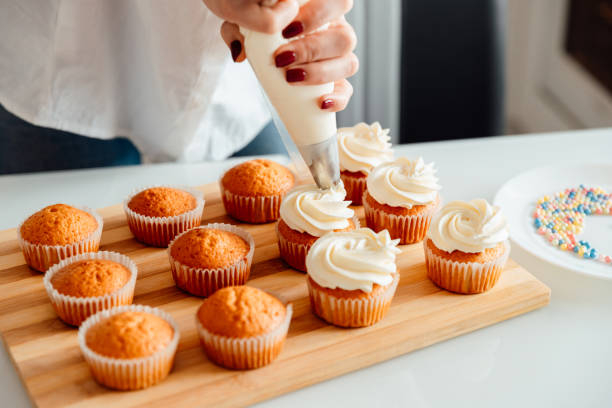
Forgetting to get creative with boxed mix 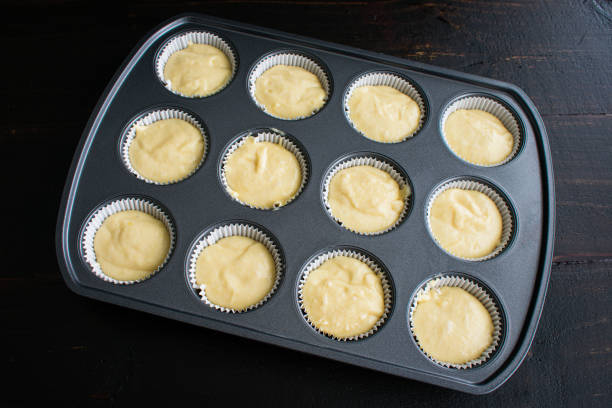
Forgetting to get creative with boxed mix
















